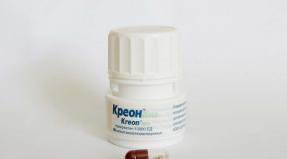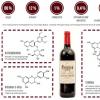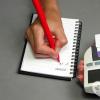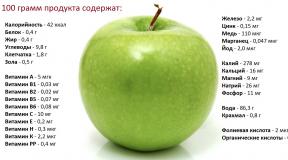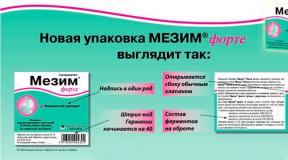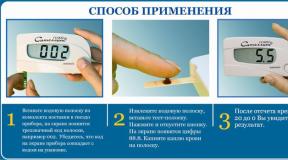blood sugar after eating
The vast majority of foods that a person eats contain carbohydrates in varying amounts. This causes blood sugar to rise after eating. Glycemic concentration after eating can be normal, slightly elevated or very high. It is necessary to know normal glycemic numbers to determine if glucose saturation increases too much some time after eating.
What is the difference between fasting and post-meal blood sugar levels?
In an adult, the optimal blood glucose level is in the range of 3.3-5.5 mmol / l. The lowest level of glycemia is observed in the morning before breakfast, at a time when the stomach is completely empty, or when a person is hungry. After eating various foods and foods, blood glucose saturation naturally rises, an hour after eating, the serum glucose level increases. This is due to the fact that the products contain a certain amount of carbohydrates. In some dishes and ingredients it is less, in others it is more. Food is digested for quite a long time, and normally, even two hours after eating, glycemic values \u200b\u200bwill be elevated.
In a standard situation, such increased sugar after consuming various dishes does not bring discomfort, since its level rises within normal limits. This is due to the work of the pancreas and the healthy production of insulin, which controls glycemia. Impaired glucose tolerance or diabetes mellitus contribute to the fact that high blood sugar levels after meals persist for 3 hours or even longer. In addition, over time, these patients will develop the following symptoms:
- at first, a sharp weight loss, with the progression of the disease - overweight;
- thirst;
- increased fatigue;
- frequent urination;
- change in sensitivity in the fingertips.
Optimal Performance
 In children, after eating, the level of sugar in the blood also changes.
In children, after eating, the level of sugar in the blood also changes. In a healthy person, at different times of the day, the rate of blood sugar after eating is different. This fluctuation is independent of gender or age, that is, in children, after eating, blood glucose saturation increases in the same way as in adults. The daily increase and decrease in glycemia is due to various factors: food intake, activity of the pancreas and the whole organism as a whole, daily biorhythms. Thus, the blood sugar rate 1 hour after a meal is distinguishable from glycemic numbers in the morning or evening. Normal blood glucose levels after meals and before meals are given in the table below.
The norm of glycemic indicators depending on gender and age
Age affects the amount of sugar saturation in the blood. Based on this, the norm of sugar after eating in children differs from the optimal figures for the glycemic concentration in adults. The smallest figures in children under the age of 1 month are 2.8-4.4 mmol / l. Up to 14 years of age, blood glucose is 2.8-5.6 mmol / l. In men and women under the age of 59, the norm of glucose is 3.3-5.5 mmol / l, but in old age, sugar can rise to 6.4 mmol / l. Despite the fact that this is regarded as the maximum permissible norm, it is customary to regard the optimal concentration of glucose in human blood as 3.3-5.5 mmol / l. In addition, in pregnant women, an increase in the level of glycemia up to 6.6 units is possible, which is considered the norm that does not require correction. In diabetics, fasting glucose levels can be up to 7.5 mmol/L.
What causes high glycemia?
 Stressful situations can provoke an increase in fasting blood sugar.
Stressful situations can provoke an increase in fasting blood sugar. High fasting sugar is observed for several reasons:
- stressful situations;
- eating foods with a lot of carbohydrates;
- violation of glucose tolerance;
- metabolic syndrome and insulin resistance;
- development of diabetes.
You can measure sugar at home yourself. For this purpose, there is a special device - a glucometer. In order to correctly measure sugar with this device, it is required to fix glycemic readings before eating on an empty stomach, additionally - later than 1-2 hours after eating. If you do such a self-check, it is realistic to detect diabetes in the early stages and prevent its progression.
However, it is required to pass in order to determine whether the glycemic level rises as a manifestation of pathology. Blood for the determination of sugar concentration is taken from a finger or from a vein. An analysis of sugar on an empty stomach is carried out in the morning. Through various reactions, the blood is examined for the concentration of glucose. When a laboratory measurement of sugar is done, the patient should not eat for 8-14 hours before it, do not exercise, do not smoke or drink alcohol, and do not take any medications. In addition, glycosylated hemoglobin is additionally measured. This test allows for a more accurate diagnosis.
If patients have passed the analysis and its result indicates the presence of pathology, you should immediately consult with a specialist. In this case, it is an endocrinologist.


